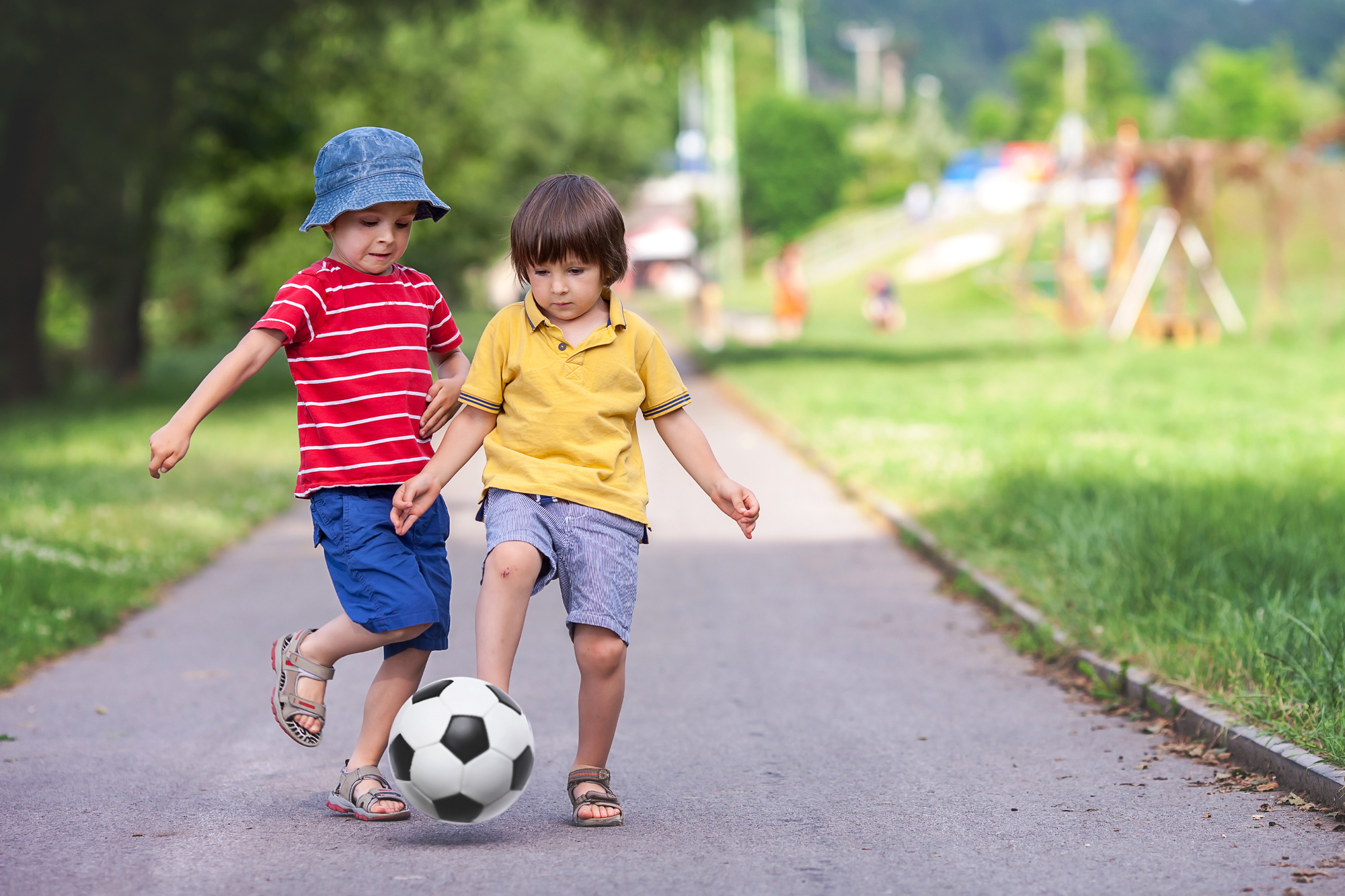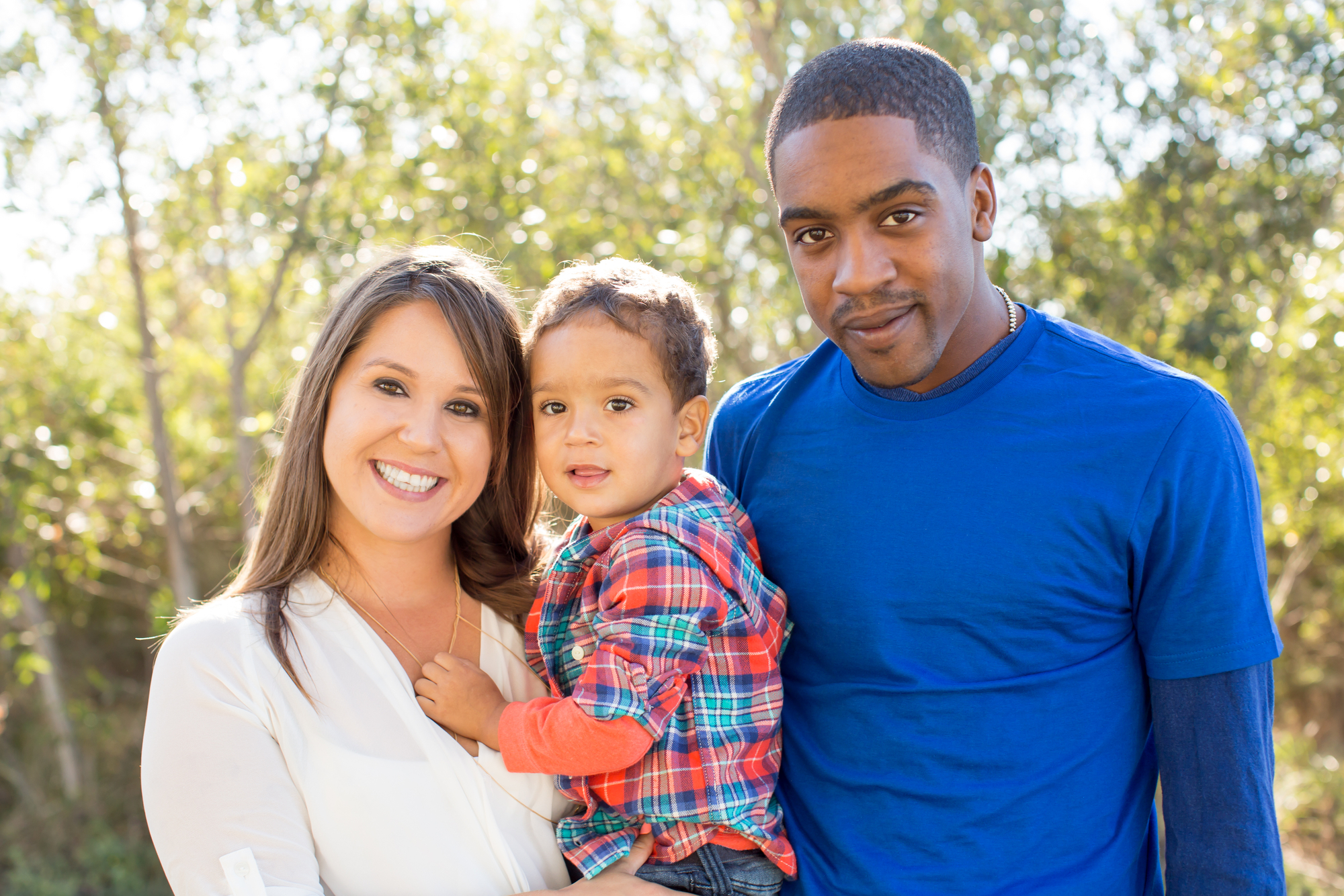For many years, photography has become an invaluable art of capturing moments in time. It’s a powerful way for people to tell stories, preserve certain memories, and communicate emotions. It also helps people and families to be reminded of their past, connecting them to the people, feelings, places, or stories that translate from the photographs.
Family portraits, in particular, have become an important aspect of modern-day storytelling. Looking back to your childhood, you may have experienced walking into your grandparents’ living room flooded with family pictures on the walls and flat surfaces. Many people often consider displaying family portraits as a way to decorate one’s home with things of sentimental value.
Family portraits are not merely images, however. They can also play a crucial role in your child’s development. Keep reading to learn more about how family portraits play a vital role in your child’s development.
-
Foster a sense of identity and belonging
Family portraits provide a visual representation of the child’s family unit. Seeing their family members together in a single image can help the child understand their place within the family structure. It reinforces the idea that they are part of something larger than themselves.
When a child sees themselves in a family portrait, they can feel like they belong as an integral part of the family unit. Having a family portrait prominently displayed in the home can create a sense of belongingness for the child. It is a constant reminder that their family loves and values them. This can boost their self-esteem and emotional well-being.
-
Build a sense of family continuity
Family portraits play a crucial role in preserving and transmitting the rich tapestry of family history. As children grow and eventually have their own families, physical gatherings may become infrequent. However, these portraits—often created with the expertise of professionals like SvenStudios—serve as enduring reminders of the occasional moments of family togetherness, imparting to children the significance of their familial roots and the importance of family ties.
Family portraits are legacies that preserve new and old memories and may be passed down to the next generation. They bridge the generational gap, connecting children with their ancestors and distant family members they never met. Through these photographs, children gain insight into their family’s history and traditions, fostering a connection that transcends time.
-
Instil a sense of self-pride and open-mindedness
Doting parents usually chronicle their child’s journey from infancy to adolescence, documenting the changes in their appearance, interests, and relationships. This visual timeline allows children to see their development and evolution, instilling a sense of pride in their personal growth.
Furthermore, this can make them more open-minded and flexible to inevitable life changes. If a child sees a picture of their younger selves, they may be more willing to try new things or to make changes in their life, knowing that they have already changed and grown before.
-
Boost the child’s self-esteem
Family portraits reflect more than just faces; they mirror the love, acceptance, and pride of parents and family members. When children see themselves surrounded by smiling faces, they internalise feelings of being cherished and valued. This emotional connection translates into healthy self-esteem, which is essential for their overall well-being.
-
Boost the child’s self-confidence
Family photography often captures significant milestones—birthdays, graduations, and special family gatherings. When children see these moments celebrated and preserved, they learn to appreciate their achievements, fostering confidence in their abilities and potential. This can make them more likely to pursue future goals with confidence and create a mark in the world.
-
Nurture emotional intelligence
Family portraits capture a wide range of emotions—joy, laughter, and affection. Exposure to these emotional expressions helps children develop their emotional intelligence. Because these images have stories and memories behind them, children learn to recognise the context that led to those expressions. For example, they may see a photo of their parents laughing together during a vacation, which helps them understand the joy associated with spending quality time as a family.
Children can learn to recognise and understand the feelings of others and to respond to emotions in a healthy way. Consequently, they can develop the essential skills for building healthy relationships.

-
Encourage creativity
Encouraging creativity is an important role that family portraits can play in child development. When children see family portraits, they may think about producing portraits themselves. This stage of exploration can lead to a wide range of creative activities.
For example, a child may want to draw or paint a portrait of themselves or their family members based on the family portrait. They may experiment with various art mediums and techniques to capture the expressions and emotions of the people in the family portrait. They may also want to create a photo album or scrapbook featuring the family portraits alongside family memorabilia, such as handwritten letters, drawings, or family recipes.
-
Celebrate diversity
Family photography can be a testament to the diversity within families. When portraits include members from multiple generations, ethnicities, and backgrounds, children can improve their understanding or appreciation of diversity. This can foster a sense of inclusivity and may help children build relationships with different people.
-
Provide comfort
Family photography can also provide comfort to children during difficult times. Looking at the portraits of their parents, siblings, or even their pets will serve as a visual reminder of the love and connection within the family. When a child feels upset or lonely, family portraits can remind them that they are not alone and have a support system in their family. Thus, don’t hesitate to make your home more loving by hanging more family photos to remind your children that they’re never alone.
Key takeaway
Family portraits stand as timeless treasures that hold the power to shape a child’s development in profound ways. They provide a sense of identity and belonging, boost self-esteem, nurture emotional intelligence, and build a sense of continuity that transcends generations.
Investing in family photography is not just about capturing a moment; it’s also about crafting a narrative that enriches a child’s life and leaves a lasting legacy of love and connection. So let your family’s story be told through a camera lens, for the benefits it brings to your child’s development are immeasurable.









